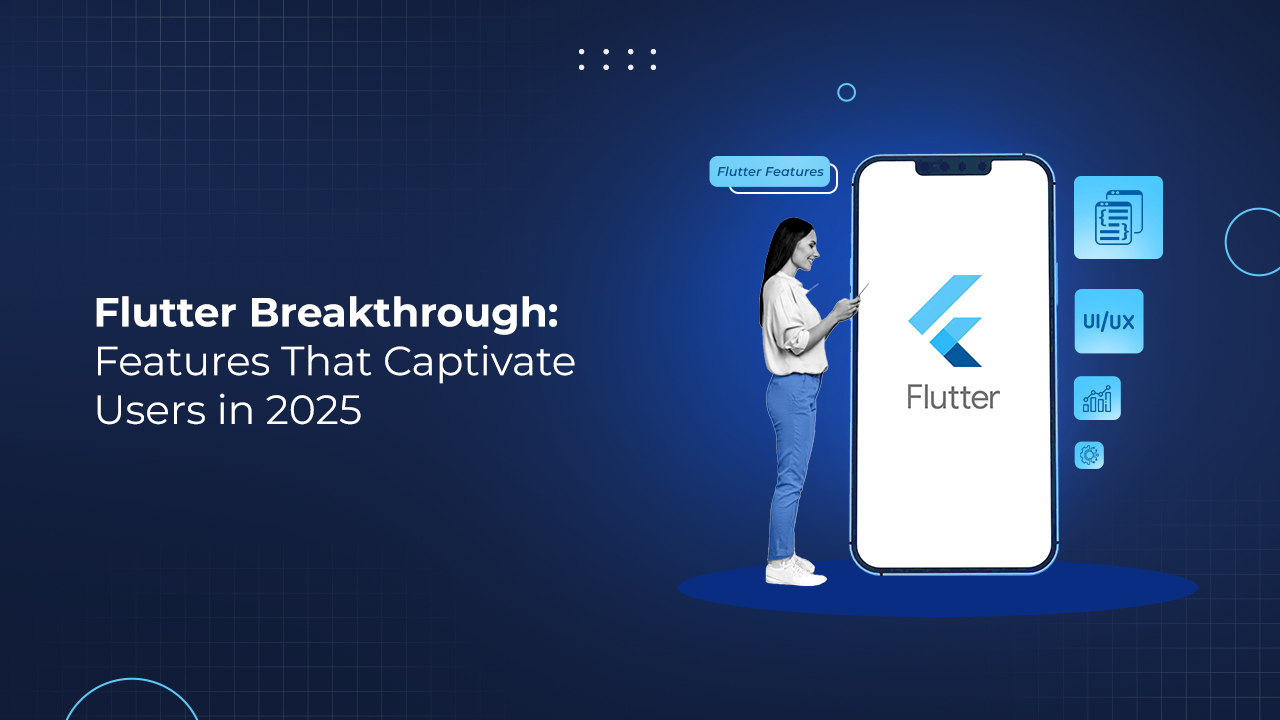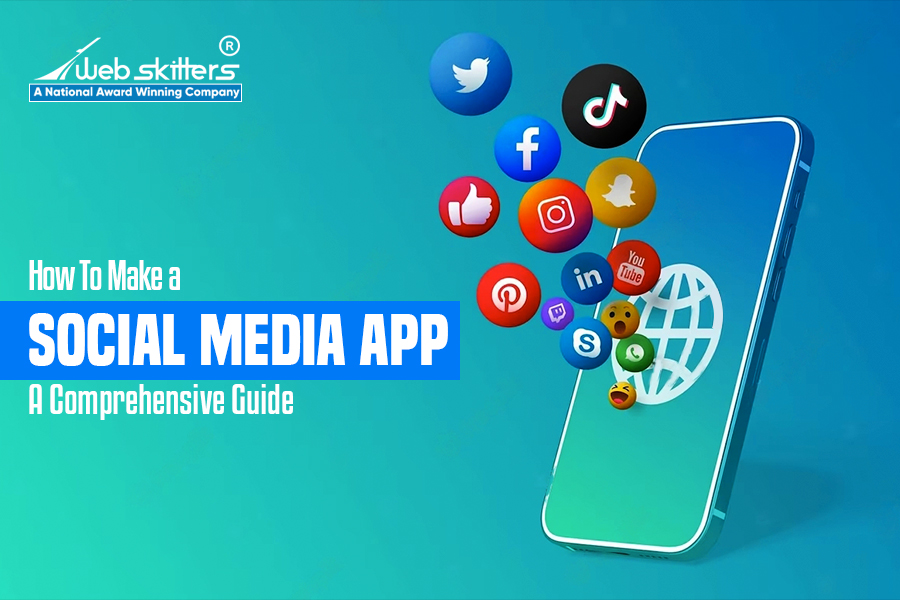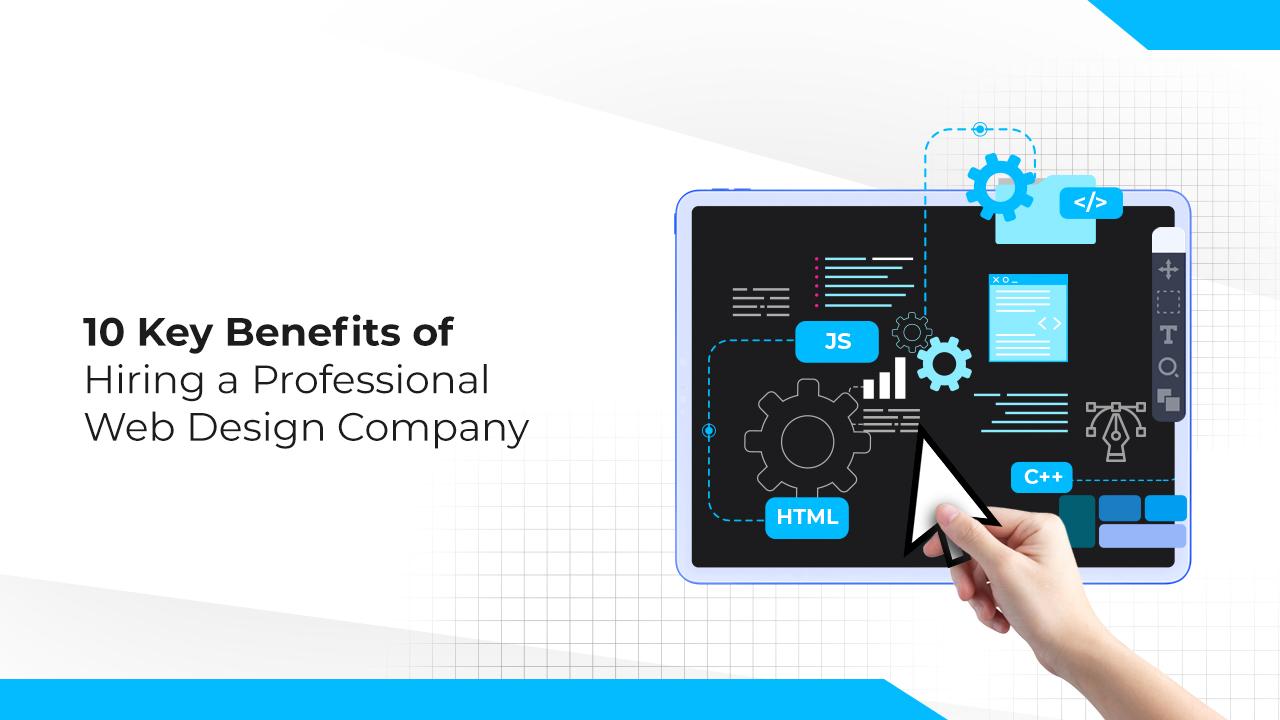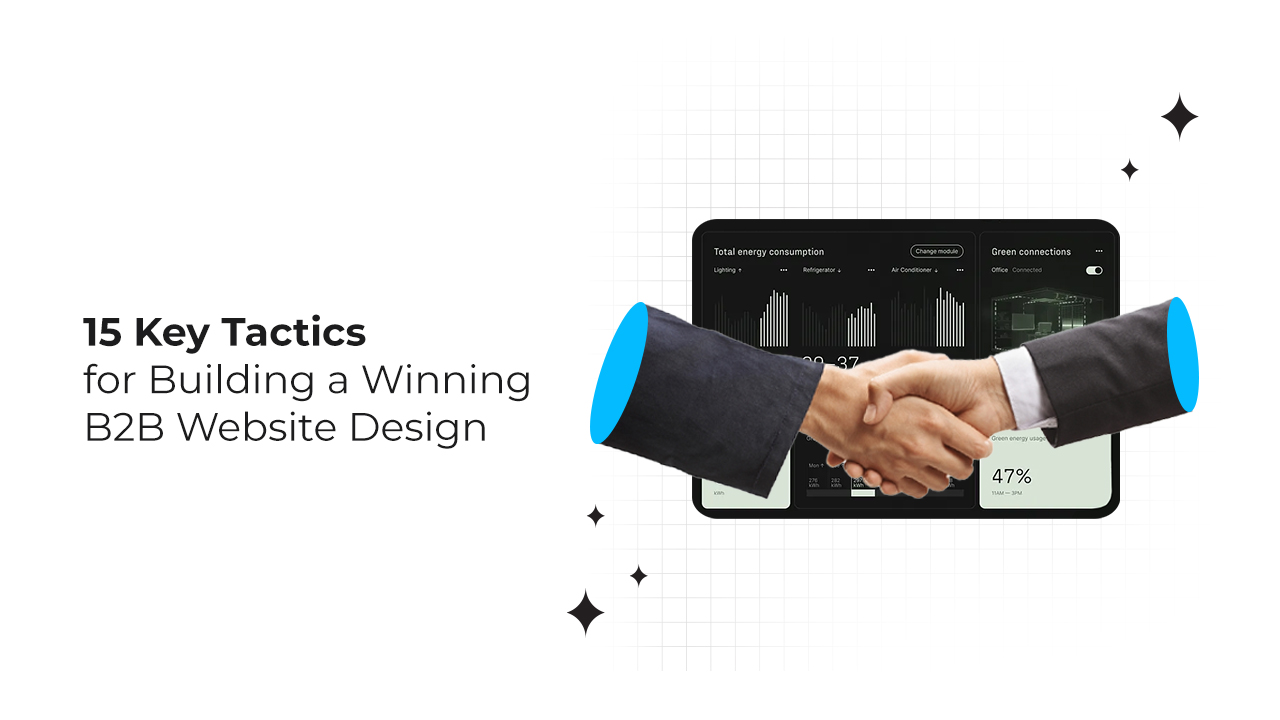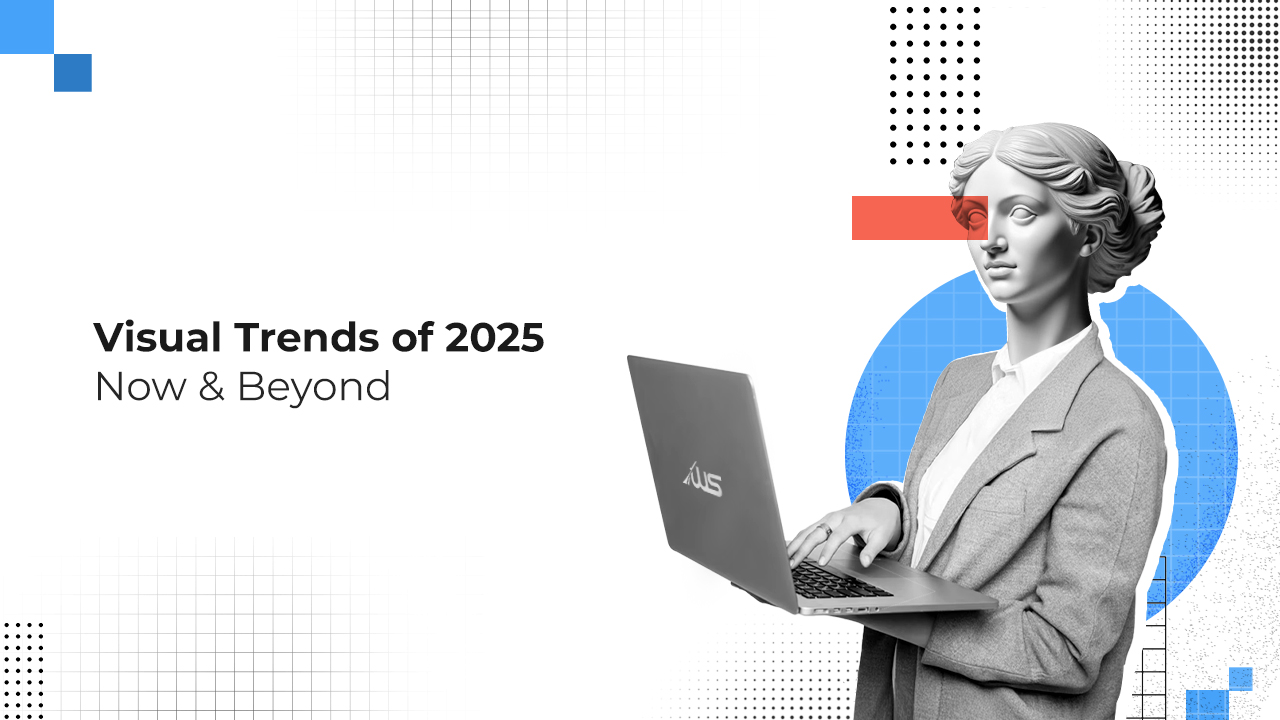
Visual Trends of 2025 & Beyond: Maximalist Typography
Imagine you’re online and see a website that looks totally different from what you’re used to. Bright colors, a lot of visual elements and complex animations fill the web page. That design must have been awful, right? Wrong. Believe it or not, if done right, maximalist typography can work wonders too.
Once you understand the concept of maximalism, you will know how fascinating it is to explore the world of abundance and visual richness. So, can we say that the bold approach and visual generosity will be the trend of tomorrow and beyond? Let’s find out!
The Trend Snapshot: What 2025 and beyond Looks Like
You have to understand one thing. The trends in the design industry go in cycles. Innovation follows nostalgia, maximalist typography follows minimalism, monochrome replaces color pop, and the cycle goes on and on. If observed carefully, you will see that there’s always a tension between two contrasting forces in the design industry.
On one side, you will see a move towards imperfection and tactility. On the other hand, you will find striking and bold visuals making a comeback.
In the design industry, you will hardly see any neat shift as no rules apply here. Elements from one trend can slip through the cracks onto the other. What starts as an experiment today might become a design staple tomorrow.
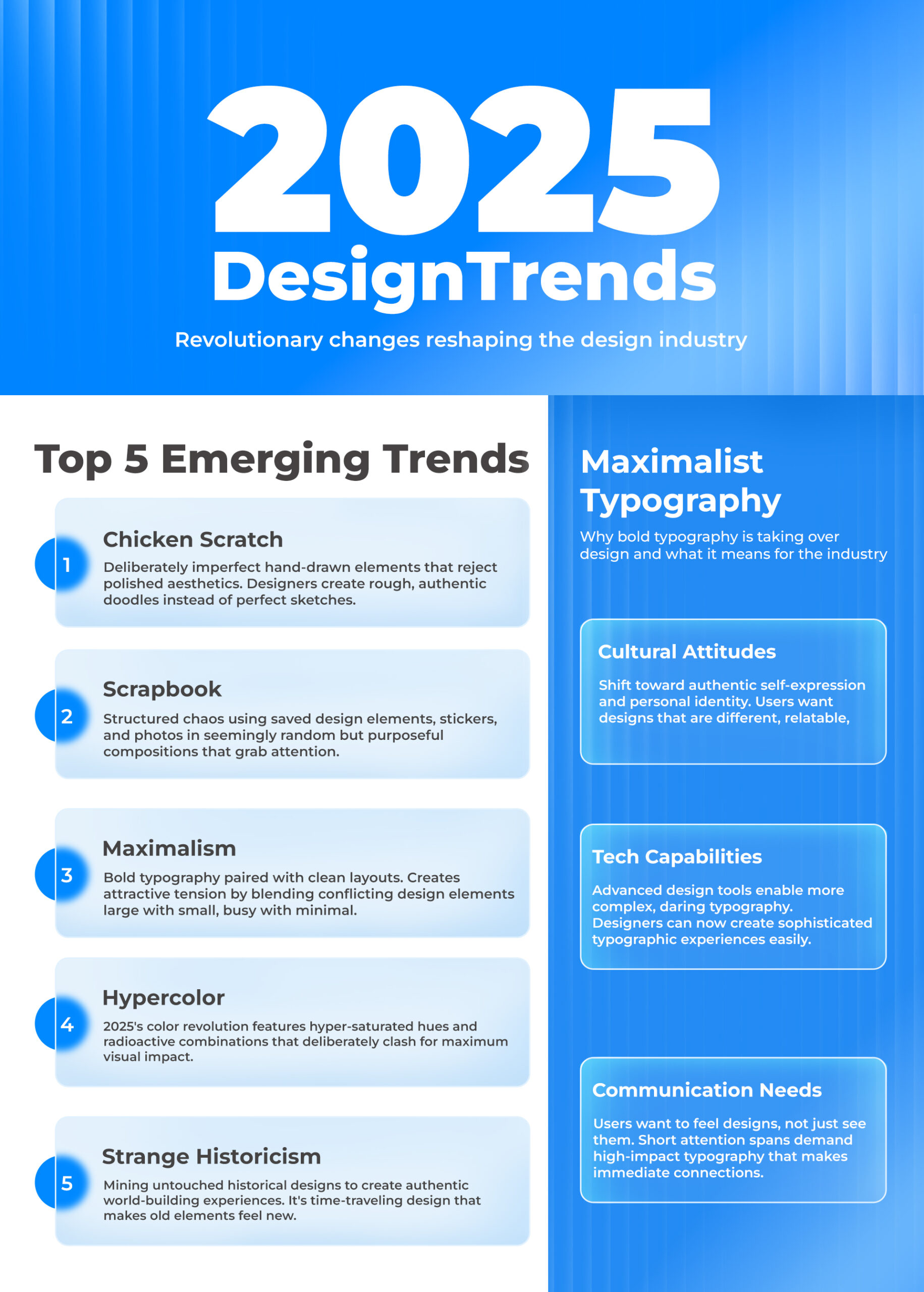
However, we have chalked down five top trends that are emerging right now. These have the potential to change the design industry in the coming days.
-
Chicken Scratch
Today, any designer can make something perfect. The most rebellious thing he or she can do is make something imperfect and ugly. This is what chicken scratch is. Here, the designer deliberately rejects polished elements and hand-draws them instead. It is more of a bad doodle than a sketch.
-
Scrapbook
Designers always save designs that they find interesting. Recently, these saved elements have been used as a design itself. This process is known as structured scrapbooking. Although the elements look haphazard, they are structured in a way that makes sense to the users. Designs use things like stickers and pictures to make them look fun and grab your attention.
-
Maximalism
This also goes by the name of minimal maximalism. There is a fine blend between minimalism and maximalism in these designs. For instance, the typography can be large and quirky, and the rest of the design can be clean and short. This brings in conflicting design aspects into making something attractive.
-
Hypercolor
2025 has seen a color riot in the design industry. Designers have started using hyper-saturated hues, excessive contrasts, and radioactive color combinations. It uses loud colors that don’t match and strong contrast to make the design pop.
-
Strange Historicism
Designers today are going back in time to draw inspiration from untouched designs. It may look old, but designers are making something new and real out of it. Strange historicism is not a design but a form of world-building that attracts users.
The typography plays a major role in the design process. The trends above were about design in general, but now we’ll talk about a trend that’s only about text styles, or typography. It’s called maximalist typography.
You guessed it right. It is a part of the maximalist design approach. But what does the rise of maximalist typography indicate? It reflects a shift in:
-
Cultural Attitudes:
The maximalist typography indicates a shift toward self-expression and personal identity. Now, people want designs that are different, relatable, and authentic.
-
Technological Capabilities:
With the rise in technology, the design process is getting simpler. This has allowed designers to create more complex, daring, and engaging typographic designs.
-
Communication Needs:
This rise is also a result of our changing communication needs. Previously, people wanted only to see. But today they want to feel the designs. Furthermore, users now have very short attention spans, which calls for a design with a big impact.

Share This Infographic On Your Site
What is Fueling Maximalist Typography to Become Popular Today?
Maximalist Typography is a subset of maximalism. Maximalism is about all parts of design, but maximalist typography focuses only on the style of the text. It is the art of using oversized and bold fonts that creates a lasting impression on the users.
Unlike minimalist designs, which are known for their clean and clear approach, maximalist typography has:
- Bold weights
- Unique shapes
- High contrasts
- Playful textures
- Oversized layouts
But what is making maximalist typography so popular? Here are the reasons.
-
Boldness Cuts through Noise
This visual trend attracts user attention quickly and creates a long-lasting visual impact. The use of vibrant and bold typography makes content different from minimalist designs. Therefore, maximalism can cut through the noise and make your designs unique.
As it creates a lasting impression on the users through its uniqueness, you can improve your brand recognition. People love unique designs. So, a unique design will stick with them, and they can recognize your business easily.
-
Confidence in Uncertain Times
The design market is volatile. What’s working today may not work tomorrow. So, uncertainty always looms over designers. In an era dominated by minimalism, maximalism can bring in new design perspectives. Using big, bold text and eye-catching styles, designers can make hard info easy to understand. For example, in infographics, this kind of text helps people quickly get the main idea.
-
The Cliché Rebellion
Minimalism dominated the design arena in the 2010s. This design approach is typically connected to tech culture and Western ideas of a clean and efficient design. Maximalist typography flips that. We can say it’s a pushback against Western design hegemony. Other cultures that felt ignored are now using bold, loud text styles to show their own ideas and be seen.
Maximalism is known for its loud, chaotic, and unconventional approach. Do you think it’s accidental? If you think so, you’re wrong. It indicates that people are:
- Questioning the status quo
- Pushing for inclusivity
- Breaking societal norms
The maximalist approach is an open rebellion against mainstream aesthetics. It focuses on including diverse voices.
The Evolution of Designs
Now, you might be wondering how we reached maximalist typography. Let’s look at the evolution.
Baroque Origins: Art Inspires Abundance (1600-1700 AD)
This is basically an art style that could be found in paintings, architecture, music, and other art forms in 16th and 17th-century Europe. It highlighted abundance, boldness, high contrasts, and extreme detailing.
Industrial Revolution: Bold Headlines Emerge (1800-1900 AD)
This era saw the invention and popularity of the printing press. As the industrial revolution saw a massive upsurge in consumerism, advertisements became necessary. This called for attractive typography that appealed to the masses. This era saw typography that was bold, decorative, and large. These were used in advertisement content to attract people’s attention.
Modernism: The Rise of Minimalism (1920s-1950s)
The main features of this style are simple shapes, plain fonts without fancy edges, and smart use of empty space in the design. The designs aimed to achieve communication through direct messaging.
Digital Era: The Era of Experimentations
This was the era that marked the usage of technology in designs. Tools like Adobe Photoshop and Illustrator became popular. This gave designers more freedom to be creative and try new ideas.
The Return of Maximalism (2025-Beyond)
As minimalism became a staple for designers, every brand followed suit. But brands soon saw they needed to be different to get noticed in a crowded market. The period also saw a rise in inclusivity and accessibility. This demanded unique designs. So, maximalism came into the spotlight.
Design Tips for Maximalist Typography
Now that you know all about the maximalist typography, you need to understand how you can apply that to your design process. There are certain ways by which you can make people fall in love with your maximalist designs. We will discuss a few of them.
-
Use 3D effects on letter shapes (like stems and bowls) to add depth
Let’s think of the thick parts of the letter like the straight part of P or the round part of B. You can add a 3D look to these areas. This will make them appear to pop up, almost like they are made of real material. The 3D look makes it feel like you can touch the letters.
-
Add colorful gradients to specific parts of a letter in maximalist typography.
Instead of filling a letter with one color, try to fade the color from one hue to another. For instance, you can make the top part of the letter “h” change from one color to another. This will add energy, fun, and a trendy vibe to the text.
-
Mix natural textures (like marble or rust) with clean shapes
Suppose you take a rough texture like a cracked stone or a rusty piece of metal. Then you place it inside a sharp and clean letter shape. This mixes both messy and neat parts in your design to make it look cool and grab attention.
-
Break the rules a bit: tilt the bottoms of letters to create movement
We all know that letters line up straight. You can make the design more fun by tilting the bottom parts of the letters a little. Tilting them by 15-25 ° adds an unexpected twist. This will make the letters more energetic and alive.
What about Accessibility and Inclusivity?
A great design just doesn’t have to look good. It should speak to everyone! Maximalist typography is expressive, bold, and full of personality. But, as designs get louder and experimental, you risk losing accessibility. So, you have to make sure your content can be read by people with disabilities or from different cultures. But, how to do that?
-
Larger Type = Better Readability:
Using bigger fonts helps everyone read more easily, especially people with low vision. It also grabs attention faster, which is useful in fast-scrolling digital spaces.
-
Higher Contrast = Easier to Distinguish:
When text and background colours have a strong contrast as it’s easier to see. This makes words stand out clearly, even in busy or colorful layouts.
-
Avoid Over-complexity:
Maximalist type should be bold, but if you pile on too many effects, it becomes hard to read. Too much noise in design can confuse the eye instead of guiding it.
-
Balance Style + Function:
Maximalist typography should look exciting and still deliver the message. The trick is to find the sweet spot between being expressive and staying readable.
The Future is Loud (And Beautifully So)
So, maximalist typography is one of those web design typography trends in 2025 that’s redefining the design landscape. It offers an escape from minimalism by using bold colors, daring contrasts, and energetic typography. It doesn’t matter if you’re designing for advertising, branding, or some other digital experience; maximalism breaks the rules to capture user attention in this high-paced environment. With its growing influence and bold personality, maximalist typography isn’t just a trend; it’s shaping the future of visual design.
Are you wondering how trends like maximalist typography can fit into your brand? We, at Webskitters, study what’s happening in the design world and turn those insights into web design solutions that help your business stand out. From bold visuals to smart layout choices, we help you design with both style and strategy in mind.

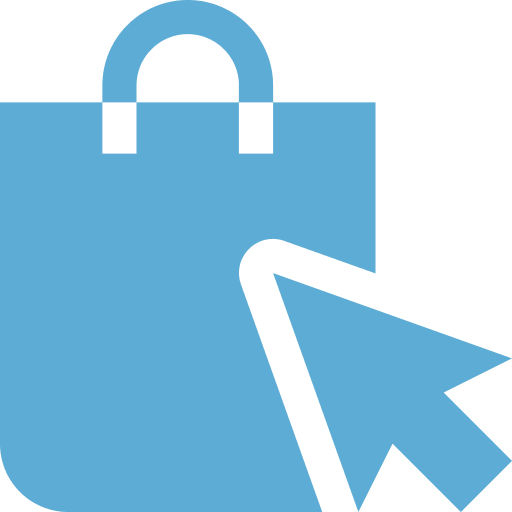 Ecommerce Development
Ecommerce Development 